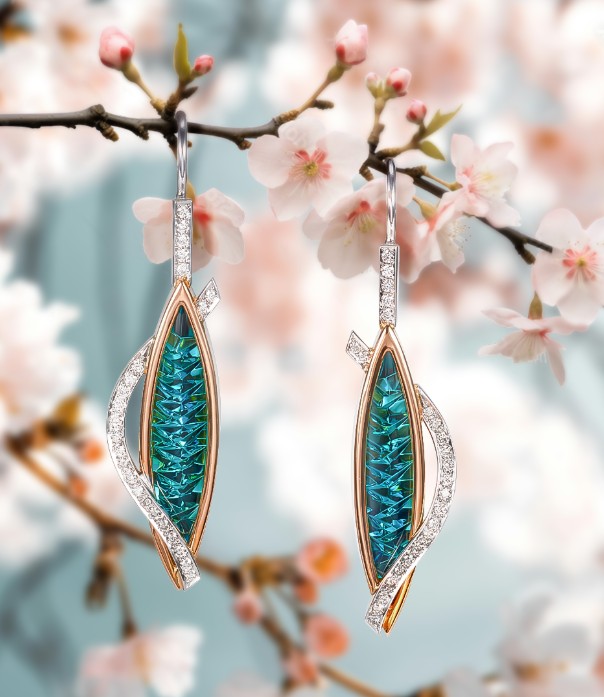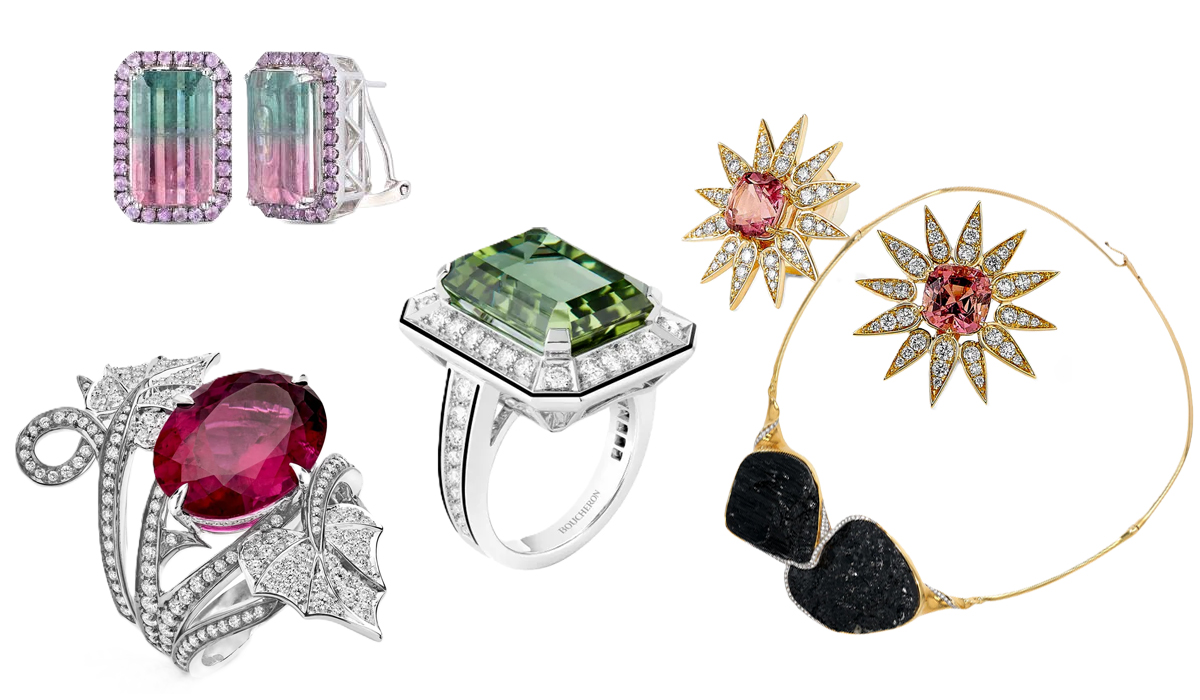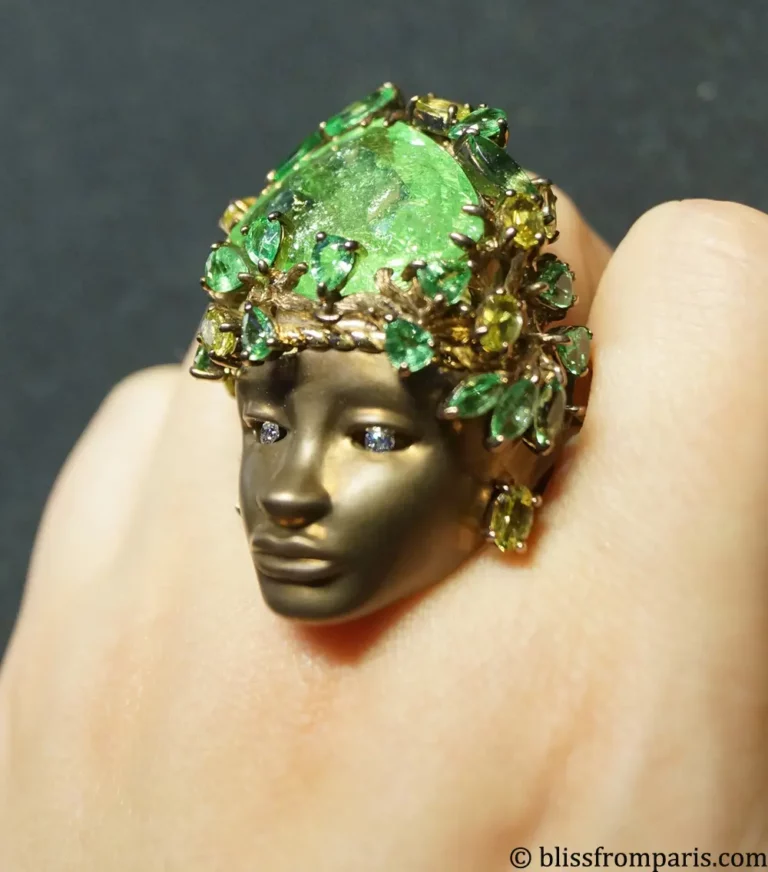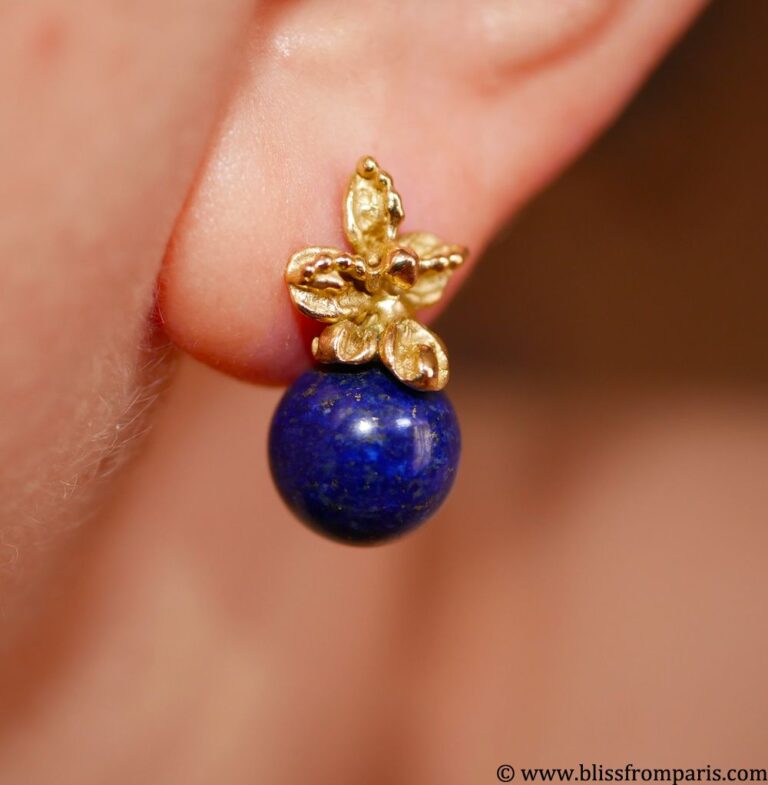Few gemstones can rival tourmaline’s extraordinary diversity. Revered by gemologists and adored by collectors, this mineral species offers a kaleidoscope of colors — from delicate pastels to vivid neons. Tourmaline’s name comes from the Sinhalese word “turmali,” meaning “mixed gems,” an apt description for a stone that seems to contain all the hues of nature within it. With its remarkable optical effects, complex chemistry, and broad geographic distribution, tourmaline continues to fascinate scientists, jewelers, and jewelry lovers alike.
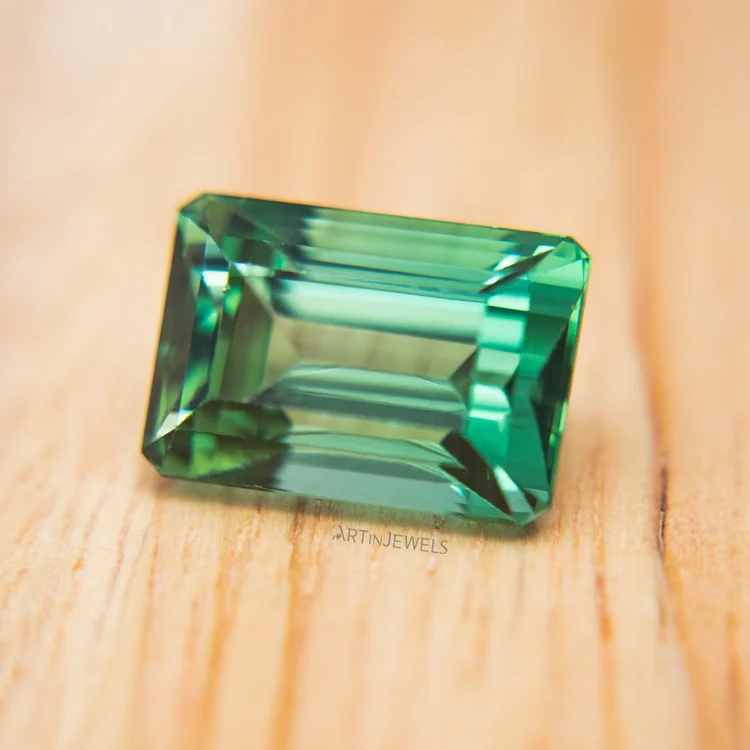
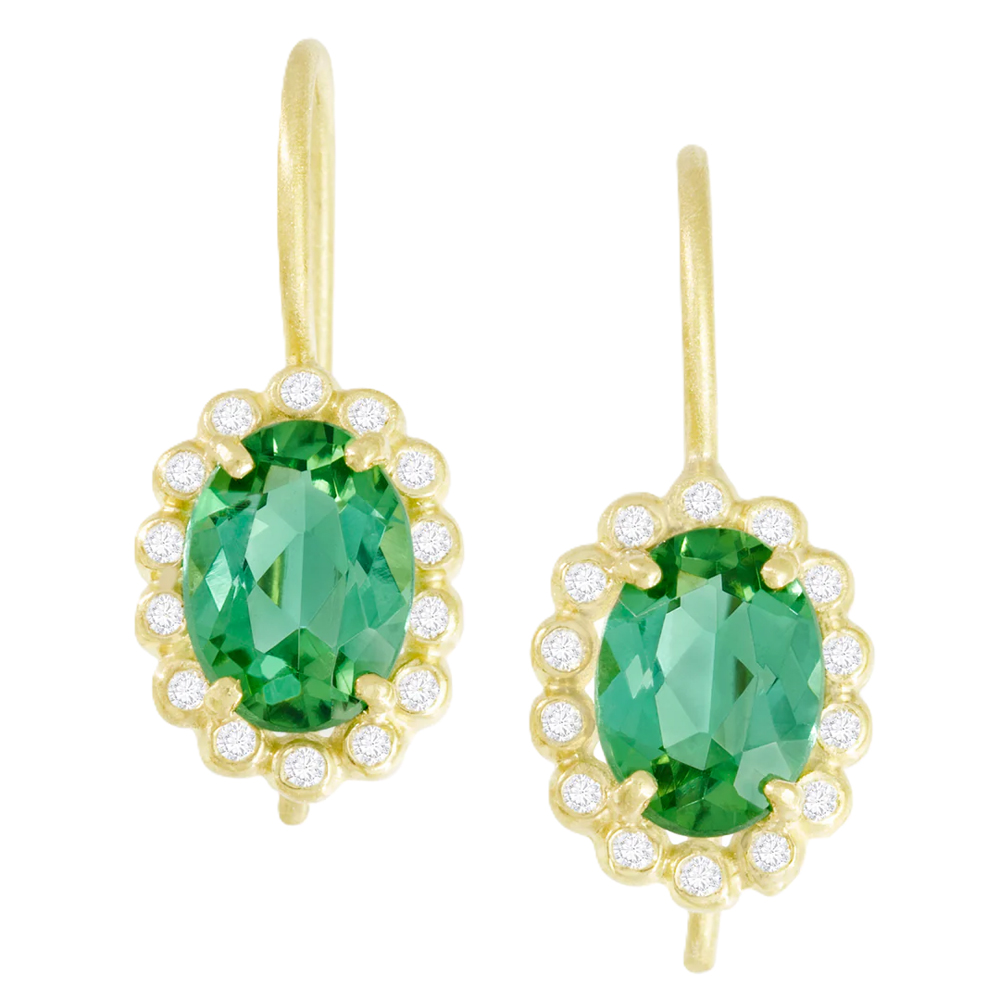
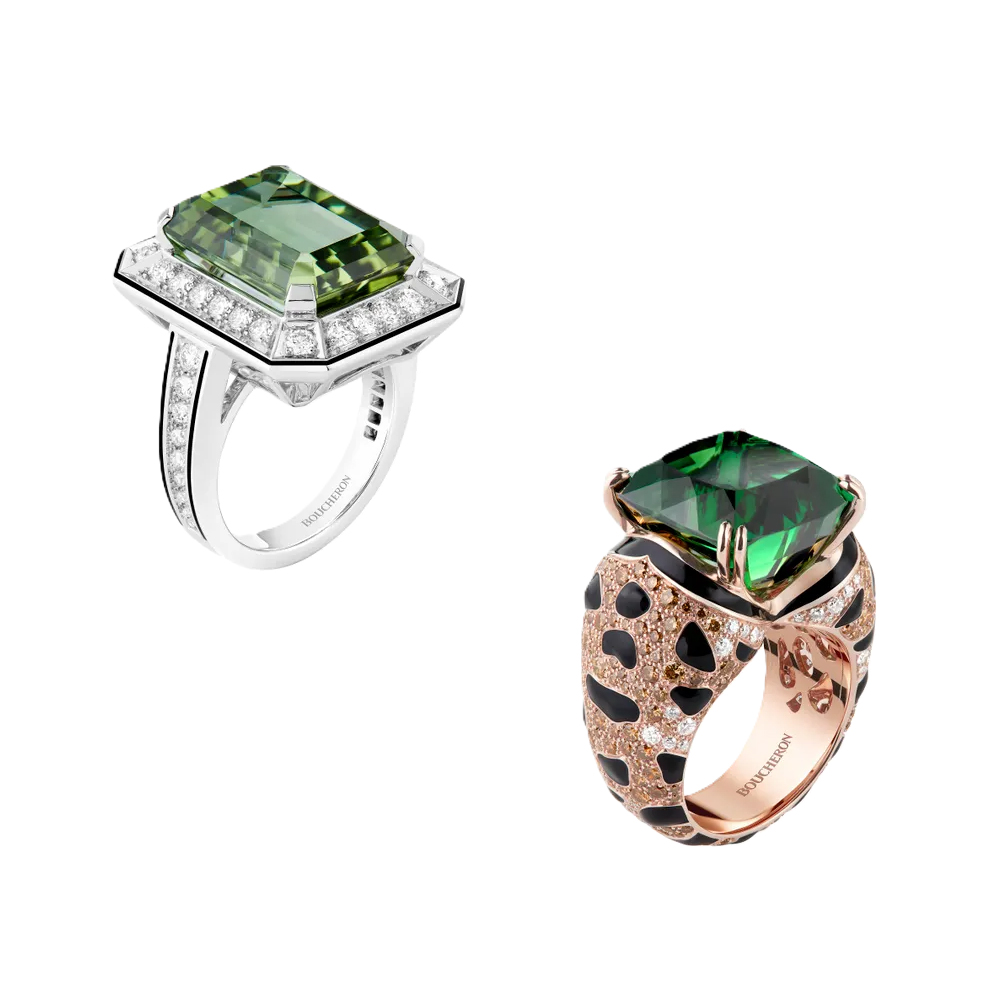
A Rich and Colorful History
Tourmaline first reached Europe in the early 1700s, brought by Dutch traders from Sri Lanka. Because of its many colors, it was often mistaken for other gemstones — some green tourmalines were long believed to be emeralds, even in royal collections such as the Russian crown jewels. The stone’s reputation flourished in the 19th century when Empress Dowager Cixi of China became captivated by pink tourmaline, commissioning elaborate jewelry and carvings from Californian deposits.
Tourmaline is more than just beautiful; it’s a gemstone that tells the story of discovery and misidentification, of science and art coming together. Today, it remains a favorite among gemologists for its structural complexity and wide spectrum of colors.
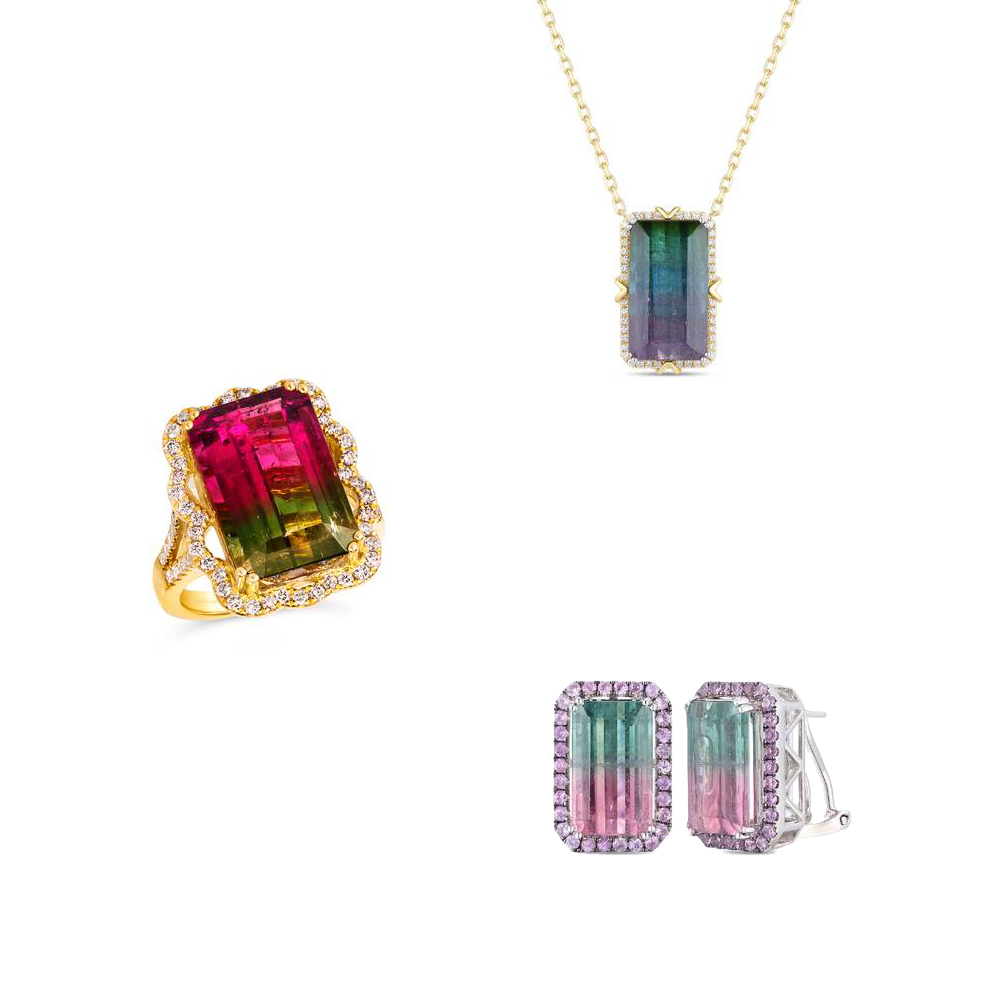
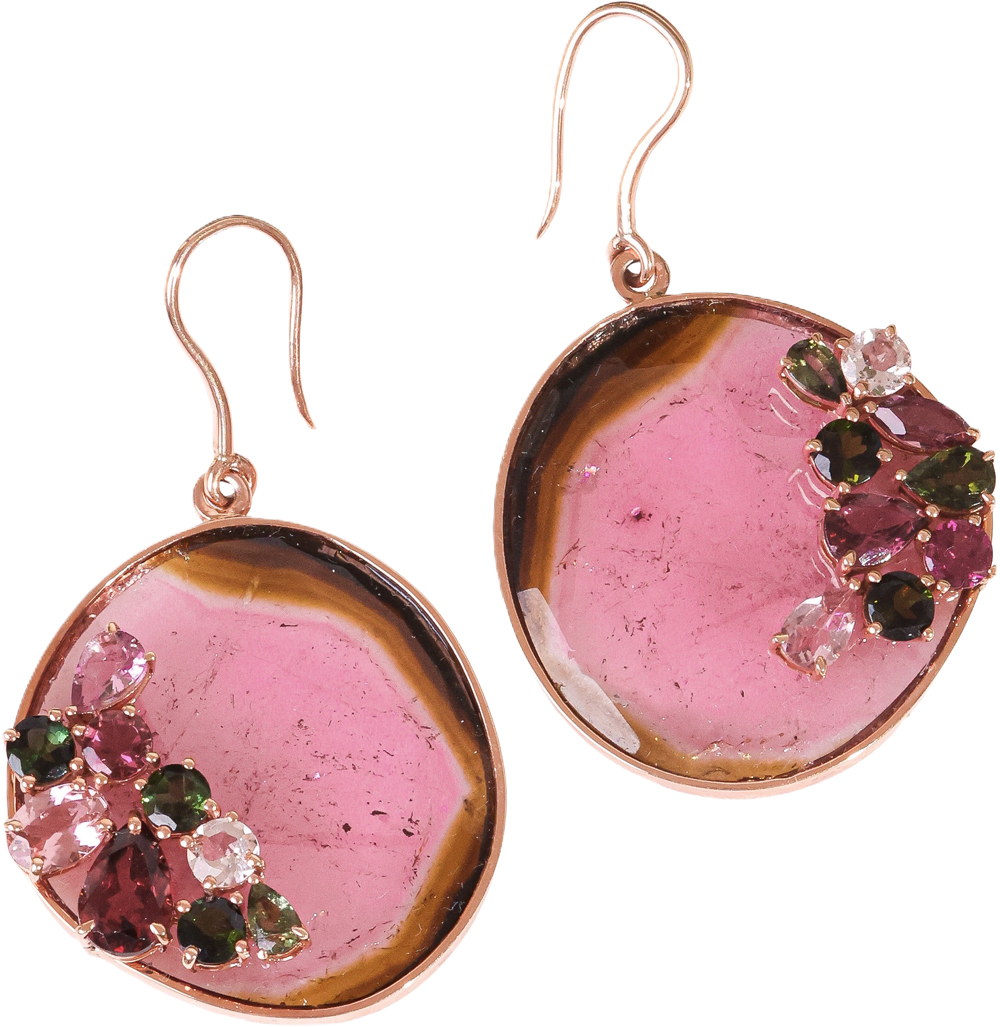
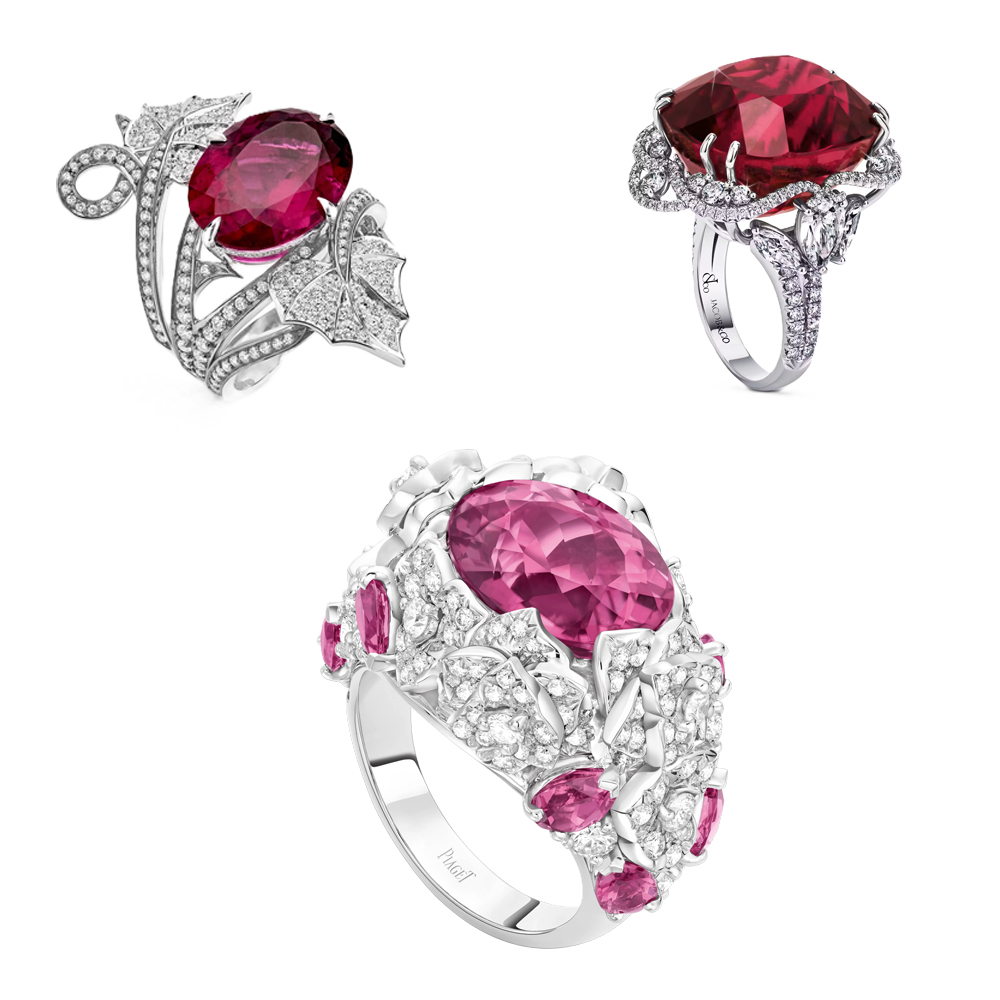
A Universe of Colors and Effects
Tourmaline possesses one of the widest color ranges of any gem species, caused by trace elements such as iron, manganese, chromium, and copper. Each hue has inspired its own trade name: Rubellite for red and pink stones, Verdelite for green, Indicolite for blue, and Schorl for black. The extraordinary Paraíba tourmaline, with its neon blue-green glow from copper, stands among the most prized gems in the world.
Nature’s artistry is on full display in bi-color and tri-color tourmalines, where shades transition seamlessly within a single crystal — the most famous being Watermelon tourmaline, green on the outside and pink at its core. Some stones even exhibit chatoyancy, the “cat’s-eye” effect, most often in green, blue, or pink varieties.
Tourmaline is also strongly pleochroic, showing different colors from different angles — a feature that enhances its visual depth and dynamism.
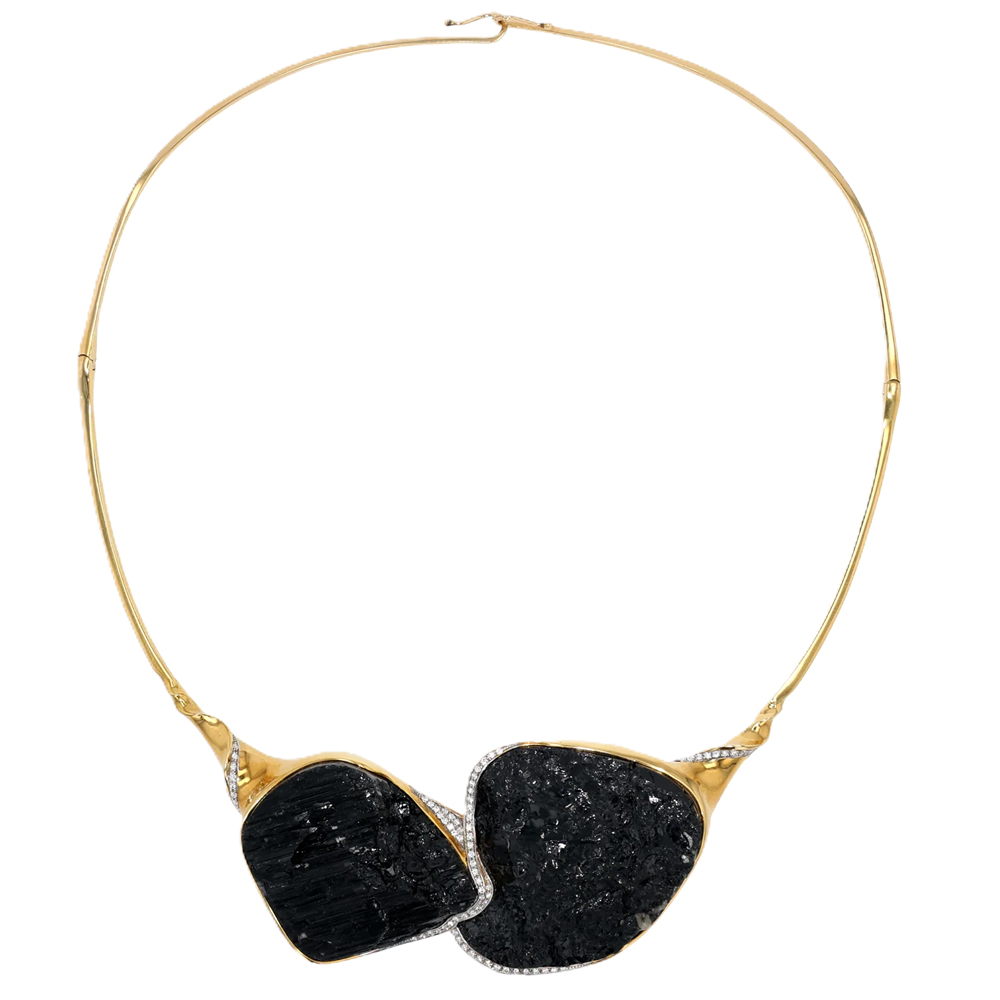
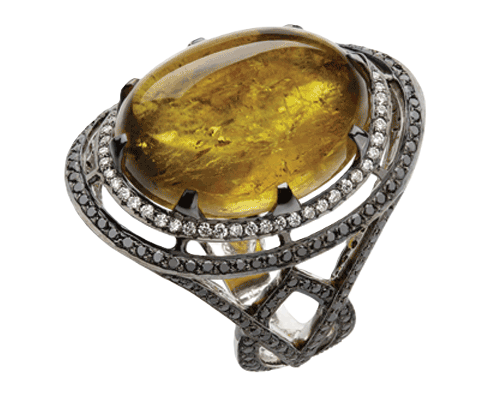
Origins and Gemological Properties
Tourmaline occurs in many parts of the world: Brazil, Afghanistan, Mozambique, Madagascar, Nigeria, Pakistan, and the USA are major sources. Most crystals form in pegmatites, coarse-grained igneous rocks rich in minerals like quartz and beryl.
Structurally, tourmaline crystallizes in the trigonal system, often forming distinct three-sided prisms — a shape unique among common minerals. With a hardness of 7 to 7.5 on the Mohs scale and good toughness, it’s suitable for all types of jewelry. Pink to red stones often display more visible inclusions than their green or blue counterparts, reflecting the complex conditions under which they formed.
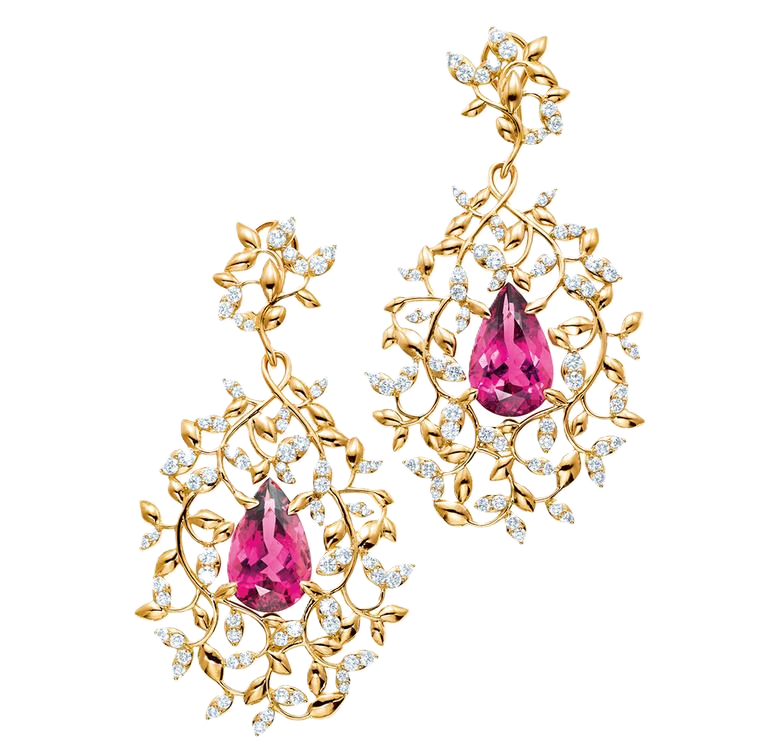
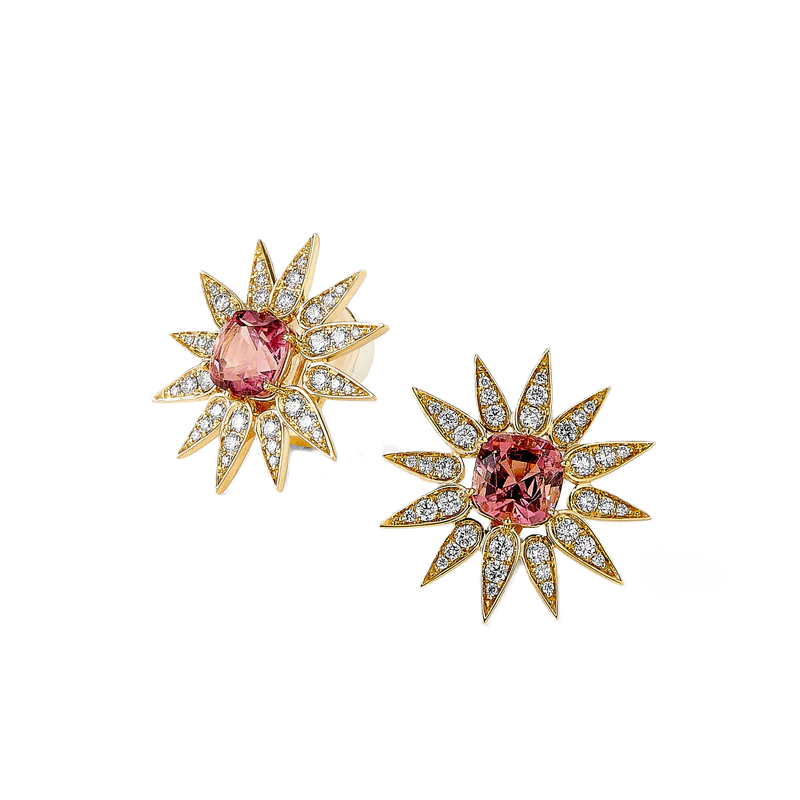
Symbolism and Energy
Tourmaline has long been associated with energy, creativity, and emotional balance. Scientifically, it’s both pyroelectric (producing electric charge when heated) and piezoelectric (when subjected to pressure) — traits that once fascinated early scientists and even led to practical uses in Dutch pipe-cleaning tools. Symbolically, it’s considered a gemstone of harmony, aligning with its vibrant range of colors and natural electrical properties.
It’s also the birthstone for October and the gem of the 8th wedding anniversary, making it a meaningful choice for personal jewelry.
Tourmaline stands as a testament to nature’s boundless creativity — a gemstone that bridges science, art, and emotion. Its dazzling spectrum of colors, unique crystal structure, and rich cultural history make it one of the most versatile and intriguing gems in existence. Whether found in a refined high-jewelry creation or admired as a raw mineral specimen, tourmaline embodies both the Earth’s mystery and its radiant beauty.
In every shade, from the softest pink to the boldest electric blue, tourmaline reminds us that true beauty lies in diversity — and that, perhaps, is its greatest gift.
